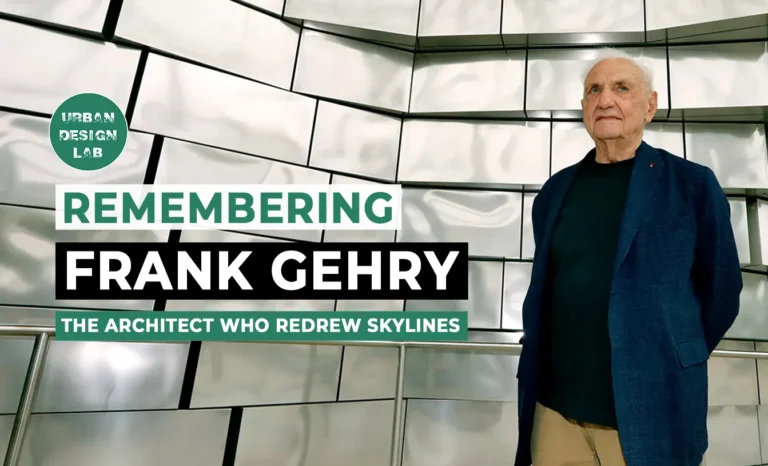
Book Review: Design with Nature by Ian McHarg

Ian L. McHarg’s “Design with Nature,” released in 1969, is an important work in landscape architecture and environmental planning that continues to have an impact on urban planning, ecology, and environmental science. McHarg’s method incorporates natural systems into design, focusing on ecological planning that balances human activity and environmental sustainability. His “layer-cake” methodology combines natural and human-made components to create a holistic picture of the landscape, allowing planners to select appropriate locations for development, conservation, and restoration. McHarg’s methodology, which incorporates the novel use of transparent overlays to map geology, hydrology, vegetation, and land use, transformed planning processes. This approach has grown with current Geographic Information Systems (GIS), broadening its applicability and precision. McHarg’s principles have been implemented into landscape architecture curricula and professional practices all around the world, influencing important projects and promoting sustainable and landscape urbanism. Despite some criticism of his deterministic approach and resource-intensive procedures, McHarg’s work has remained very influential. In light of climate change and environmental challenges, his emphasis on incorporating natural systems into planning is more important than ever. McHarg’s theories have influenced modern approaches such as green infrastructure, climate resilience planning, and ecosystem-based adaptation.
Introduction
Ian L. McHarg’s “Design with Nature” is a seminal work in landscape architecture and environmental planning. Published in 1969, the book has profoundly influenced urban planning, ecology, and environmental science. McHarg’s innovative approach to integrating natural systems into design has earned acclaim and widespread application in various disciplines. This review delves into the book’s content, its contributions to environmental planning, and its relevance in contemporary discourse.

Historical Context
- The late 1960s saw a surge in environmental awareness, with the publication of influential works like Rachel Carson’s “Silent Spring” and the burgeoning environmental movement.
- “Design with Nature” emerged during this period, addressing the rampant environmental degradation due to industrialization and urban expansion.
- McHarg’s work is often compared to other seminal texts of the time for its forward-thinking approach to environmental issues (Hough, 2004). “Design with Nature” has significantly impacted urban planning and design practices.
- McHarg’s principles have been integrated into landscape architecture curricula and professional practice worldwide. His ideas have influenced major projects, including the development of new towns, regional plans, and environmental assessments.
- McHarg’s work is credited with laying the foundation for contemporary sustainable urbanism and landscape urbanism (Spirn, 2000).
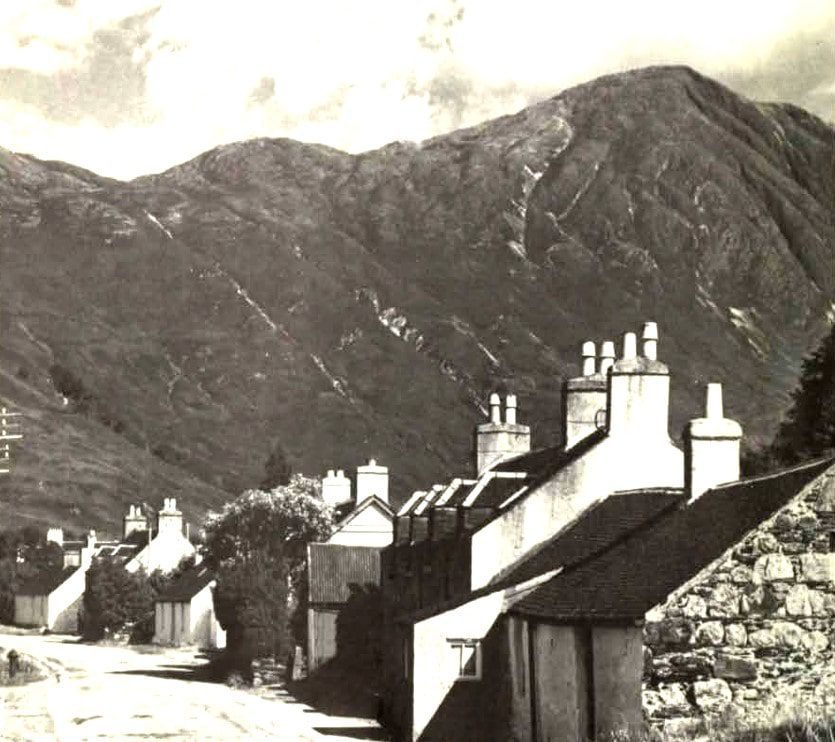
Source: author
Context and Background
- The 1960s saw the emergence of “Design with Nature” amid a wave of increasing environmental consciousness. Scottish landscape architect and regional planner McHarg worked to stop the harm that urbanisation and industrialization were doing to the environment.
- His work promotes a sustainable and peaceful coexistence with nature, which is in line with the tenets of the environmental movement. Because of its innovative ecological viewpoint, McHarg’s book is frequently cited alongside writings by Aldo Leopold and Rachel Carson (Hough, 2004).
- Ian L. McHarg while setting the context discusses the importance of integrating urban and rural environments, critiquing rapid urbanization and sprawl. He advocates for a planning approach that respects natural processes and uses ecological principles to guide urban development.
- McHarg also discusses regional planning, aiming for a symbiotic relationship between cities and countryside, fostering economic and cultural opportunities while providing resources and recreation. He calls for a shift in mindset to view cities as part of a larger ecological system.

Source: author
Sea and Survival
McHarg explores the crucial relationship between human civilization and marine environments. It highlights the threats posed by human activities like pollution, overfishing, and habitat destruction to marine ecosystems and human survival. McHarg advocates for a comprehensive understanding of marine ecology and sustainable management practices, including marine protected areas, sustainable fishing, and pollution control measures. He calls for international cooperation and policy frameworks to protect oceans and human societies.

Taking the step forward overcoming the plight
- McHarg addresses environmental crises caused by industrialization and modern development, highlighting degradation of landscapes, loss of biodiversity, and pollution.
- He criticizes conventional planning for prioritizing economic growth over environmental sustainability. McHarg advocates for ecological planning principles and interdisciplinary approaches, emphasizing the importance of understanding natural systems.
- He emphasizes the need for education and public awareness to drive change and promote sustainable behaviors. The book calls for a vision of resilience and sustainability, where human development coexists with thriving ecosystems.
- McHarg advocates to take a step forward for sustainable development through ecological planning principles. He advocates for a holistic, interdisciplinary approach, integrating ecological knowledge into planning and design.
- Tools like land suitability analysis guide decisions about land use, infrastructure, and resource management. McHarg highlights successful examples of ecological planning in practice, demonstrating benefits like improved environmental quality and reduced vulnerability to natural hazards. He calls for a paradigm shift in development, urging collaboration across disciplines to address environmental challenges.

Caste, Capsule, Nature and Values
- The author explores the relationship between human environments and ecological principles. The book critiques the compartmentalization of society, comparing it to a caste system, and advocates for a holistic approach to urban planning that aligns with natural processes.
- McHarg emphasizes the importance of incorporating natural elements into urban planning, such as green spaces and water bodies, to enhance ecological balance and improve urban life. He also delves into the philosophical and ethical foundations of McHarg’s ecological planning approach, emphasizing ecological sustainability and the importance of respecting natural processes and biodiversity.
- “A Response to Values” proposes practical strategies for implementing these values in planning and development practices, emphasizing the importance of interdisciplinary collaboration and the integration of ecological knowledge into policy-making and design.
- The book presents a cohesive argument for a paradigm shift in urban development and environmental stewardship, advocating for a comprehensive, value-driven approach that respects and integrates natural systems.
Ecological Planning in this capsule world
- The author emphasizes the importance of integrating ecological principles into planning and development to achieve sustainable human-environment interactions.
- He argues that Earth operates as a closed system with finite and interconnected resources, and that human activities must respect this by recognizing the limits of resource exploitation and the need for sustainable practices. McHarg critiques current development paradigms that often ignore ecological constraints, leading to environmental degradation and unsustainable growth.
- He advocates for a shift from linear to circular economic models that mimic natural systems. He signifies “The Process as Values,” McHarg advocates for a value system that prioritizes ecological health, sustainability, and the intrinsic worth of all living beings.
- He discusses practical approaches to embedding these values into planning processes, including interdisciplinary collaboration, participatory decision-making, and long-term ecological thinking.
Relevance in Contemporary Discourse
- McHarg’s emphasis on ecological principles aligns with current sustainability goals, influencing policies and projects worldwide (Beatley, 2011). He emphasizes the importance of understanding and utilizing natural processes in the planning and development of river basins.
- He advocates for an interdisciplinary approach that combines ecological knowledge with planning and engineering to create sustainable and resilient river basin systems.
- McHarg highlights the role of naturalists in informing and guiding planning efforts, emphasizing the need for planning methods that work with, rather than against, the natural processes of river basins.
- Designing with nature involves respecting and incorporating the inherent characteristics and dynamics of river systems, allowing planners and engineers to contribute valuable insights into the patterns and behaviors of these systems.
- This understanding can inform sustainable planning practices, enhancing the natural resilience of river basins and ensuring their ability to provide essential services over the long term.
- Adaptive management, a flexible approach that allows for ongoing learning and adjustment in response to changing conditions and new information, is also emphasized.
- McHarg calls for collaboration among various stakeholders, including scientists, planners, engineers, and the community, to balance ecological, economic, and social objectives.
-1
Urban Processess and Form
- McHarg emphasizes the complexity of metropolitan areas and the need for holistic regional planning. He critiques traditional urban planning approaches that often lead to sprawl, pollution, and environmental degradation, advocating for a regional planning approach that incorporates ecological principles such as watershed management, greenbelt preservation, and sustainable land use practices.
- By viewing metropolitan regions as integrated ecological systems, planners can enhance environmental quality and promote sustainable development. Focussing on the Process and Form, McHarg discusses the methodologies and philosophies underpinning his ecological planning approach, emphasizing the importance of process-oriented thinking in design and planning.
- He discusses various natural processes, such as hydrological cycles, soil formation, and ecological succession, and how they can inform urban design. He highlights the role of interdisciplinary collaboration in planning, ensuring that urban forms are not only functional and aesthetically pleasing but also sustainable and resilient.
- McHarg applies these principles to the urban context, advocating for flexible and adaptive planning methods. He discusses the importance of green infrastructure, such as parks, greenways, and urban forests, in enhancing the ecological health of cities.
Legacy and Future Directions
The legacy of “Design with Nature” is evident in the ongoing relevance of its principles and methodologies. McHarg’s work continues to inspire new generations of planners, architects, and environmentalists. Looking to the future, the principles of ecological planning outlined in the book will likely play a crucial role in addressing the complex environmental challenges of the 21st century. The continued evolution of McHarg’s ideas, driven by technological advancements and a growing environmental consciousness, ensures that “Design with Nature” will remain a vital resource (Spirn, 2000).
Conclusion
“Design with Nature” by Ian L. McHarg is a groundbreaking work that reshapes urban planning and environmental stewardship. McHarg argues that human development should be guided by ecological principles, integrating natural processes into human environments. He provides a comprehensive framework for ecological planning, illustrating how understanding natural processes can enhance urban and regional planning. McHarg emphasizes interdisciplinary collaboration, bringing together experts from various fields to develop holistic and sustainable planning solutions. He also emphasizes adaptive management, a flexible approach that allows planners to adjust strategies in response to new information and changing conditions. McHarg’s insights remain relevant in today’s climate change and environmental degradation context, emphasizing the importance of living in harmony with the natural world. By embracing McHarg’s principles, we can create sustainable communities that thrive within the limits and possibilities of our ecosystems.
References
- Beatley, T. (2011). “Biophilic Cities: Integrating Nature into Urban Design and Planning”. Island Press.
- Hough, M. (2004). “Cities and Natural Process: A Basis for Sustainability”. Routledge.
- Ndubisi, F. (2002). “Ecological Planning: A Historical and Comparative Synthesis”. Johns Hopkins University Press.
- Ndubisi, F. (2008). “The Ecological Design and Planning Reader”. Island Press.
- Searns, R. M. (1995). “The evolution of greenways as an adaptive urban landscape form”. Landscape and Urban Planning, 33(1-3), 65-80.
- Spirn, A. W. (2000). “Ian McHarg, Landscape Architecture, and Environmentalism: Ideas and Methods in Context”. In “Environmentalism in Landscape Architecture”, Harvard University Graduate School of Design.
- Steiner, F. (2011). “Landscape Ecological Urbanism: Origins and Trajectories”. Landscape and Urban Planning, 100(4), 333-337.
- Thayer, R. L. (1989). “The Experience of Sustainable Landscapes”. Landscape Journal, 8(2), 101-110.

Vanshika Bajaj
About the author
Vanshika Bajaj, an Architect and Urban Regeneration specialist, is skilled in spatial analysis, research, documentation, and participatory planning. She excels in addressing socio-ecological urban issues and has experience with tools like ArcGIS, Adobe Suite, AutoCAD, and more. Motivated and dedicated, she prepares strategies for sustainable urban development.
Related articles

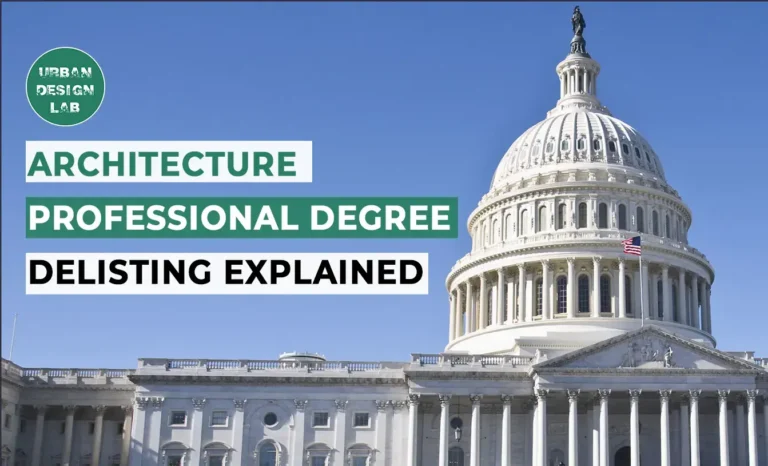
Architecture Professional Degree Delisting: Explained

Periodic Table for Urban Design and Planning Elements
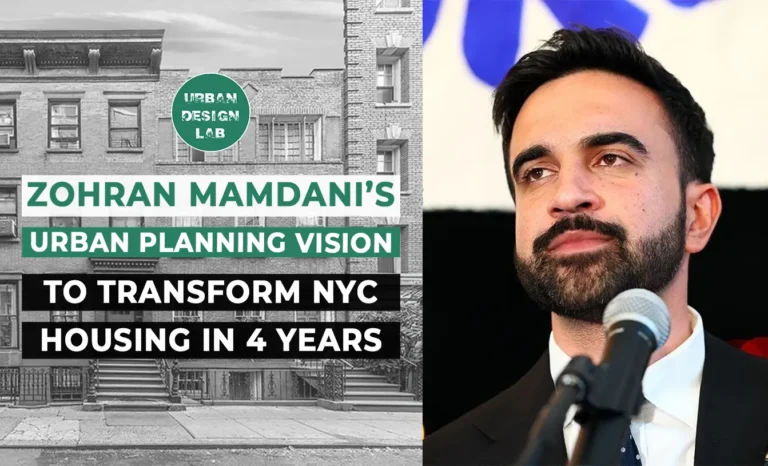
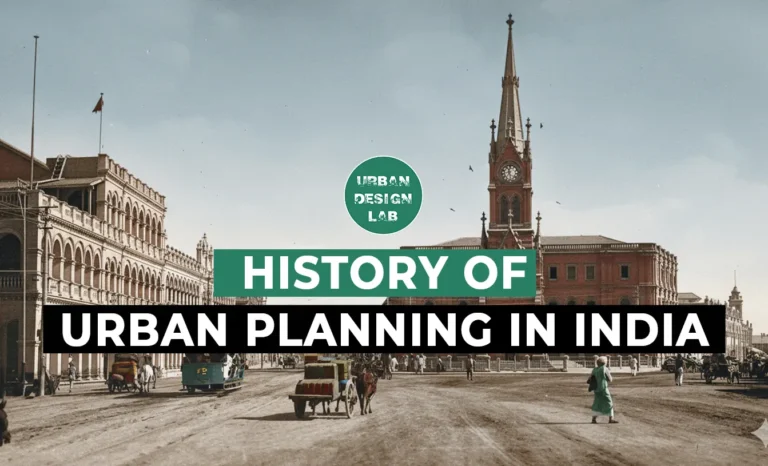
History of Urban Planning in India
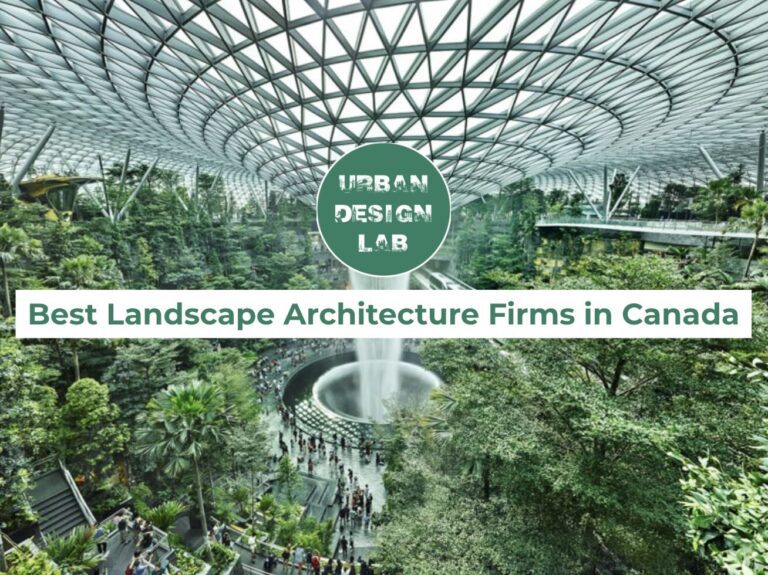
Best Landscape Architecture Firms in Canada
UDL Illustrator
Masterclass
Visualising Urban and Architecture Diagrams
Session Dates
17th-18th January 2026

Urban Design Lab
Be the part of our Network
Stay updated on workshops, design tools, and calls for collaboration
Curating the best graduate thesis project globally!

Free E-Book
From thesis to Portfolio
A Guide to Convert Academic Work into a Professional Portfolio”
Recent Posts
- Article Posted:
- Article Posted:
- Article Posted:
- Article Posted:
- Article Posted:
- Article Posted:
- Article Posted:
- Article Posted:
- Article Posted:
- Article Posted:
Sign up for our Newsletter
“Let’s explore the new avenues of Urban environment together “






























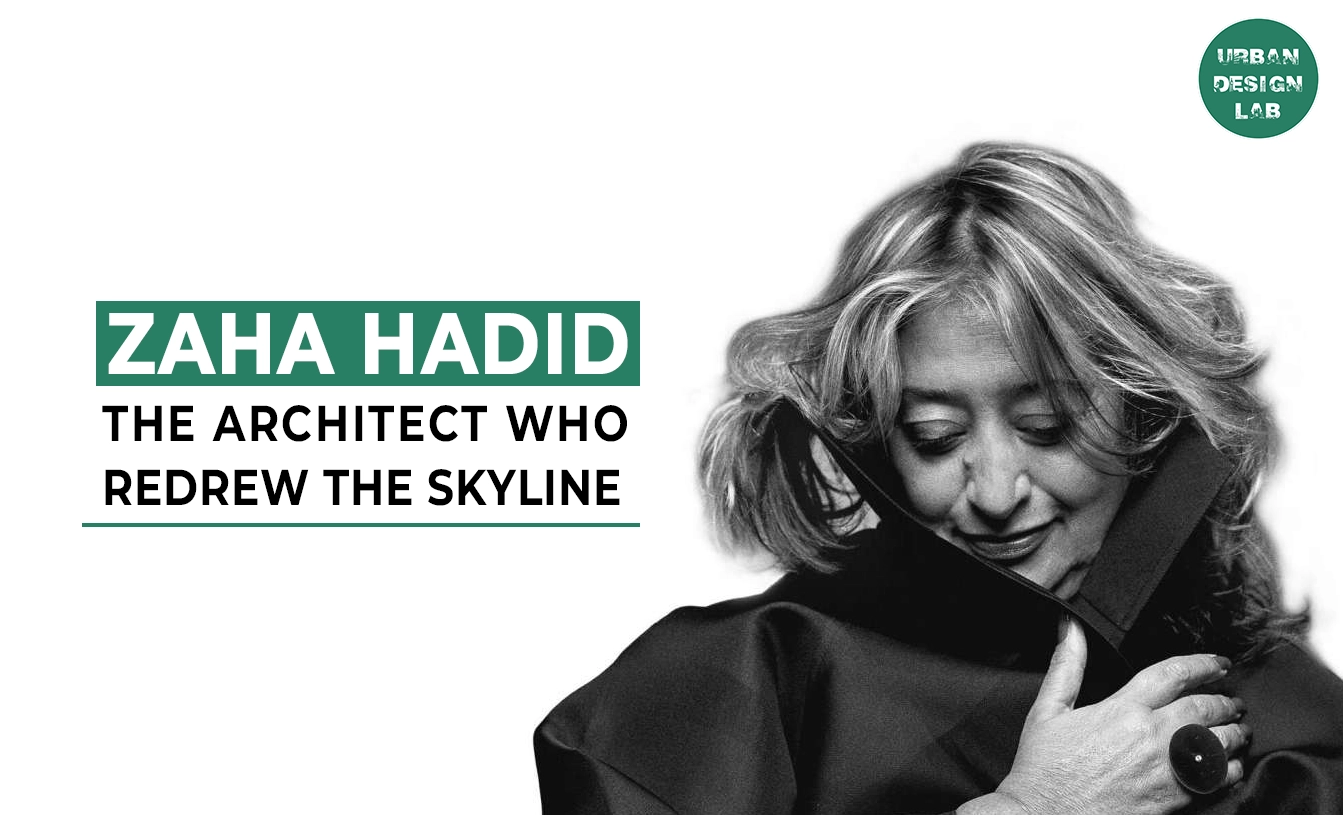
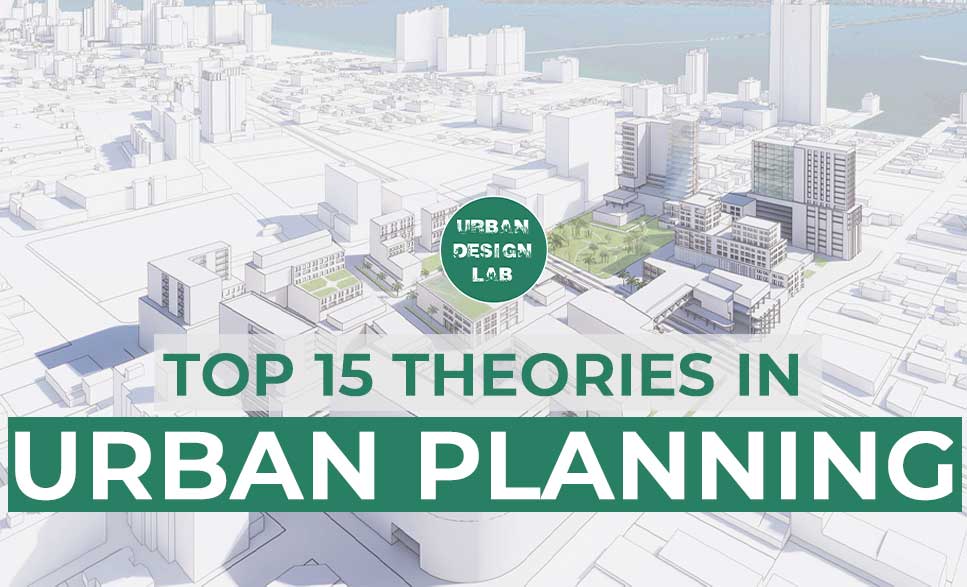


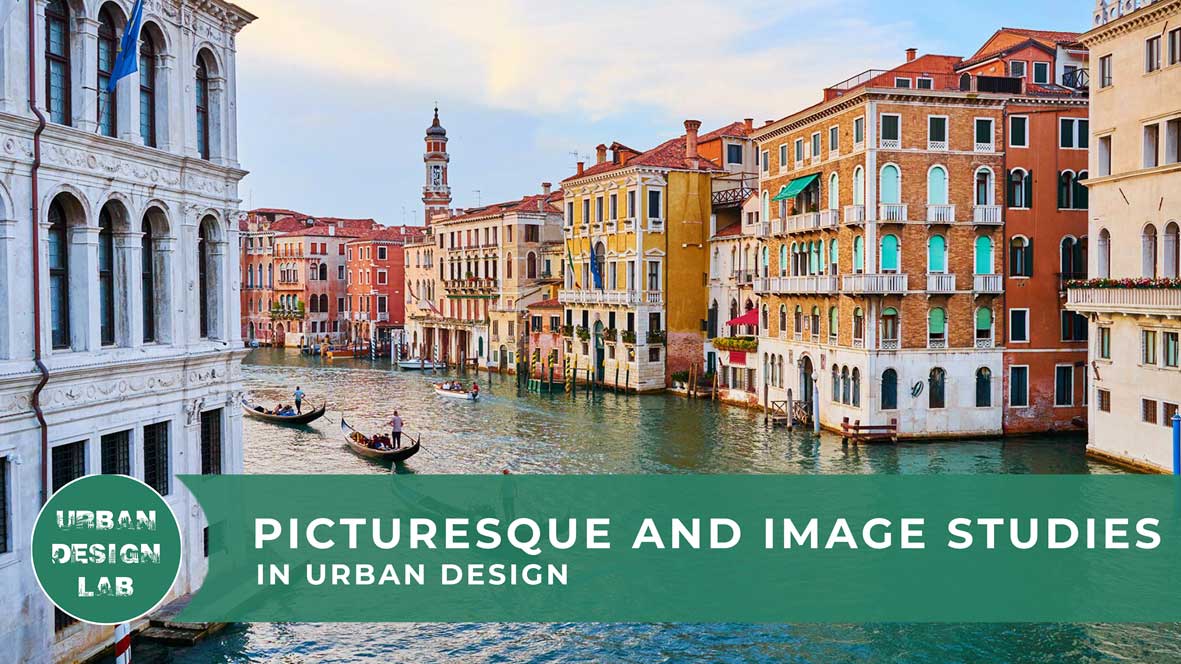
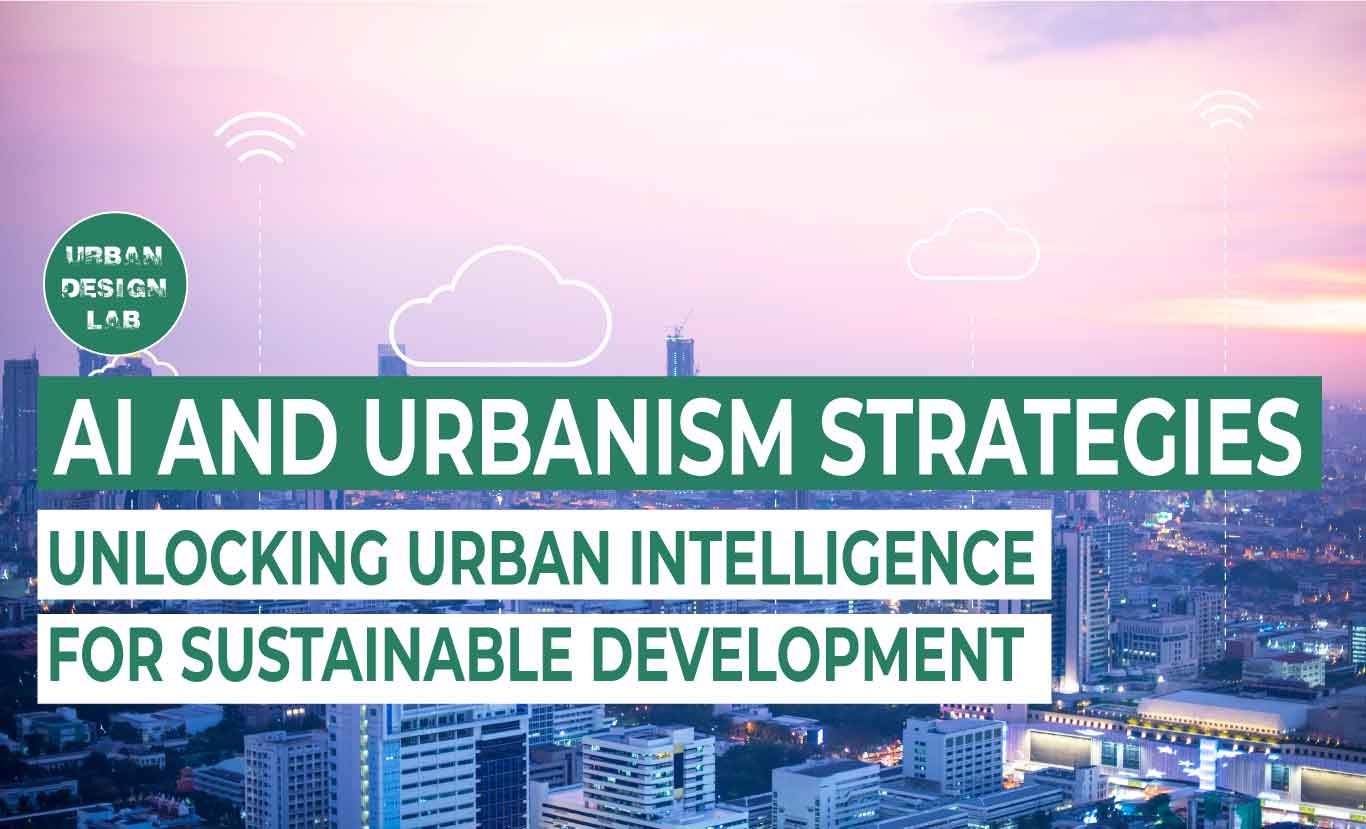
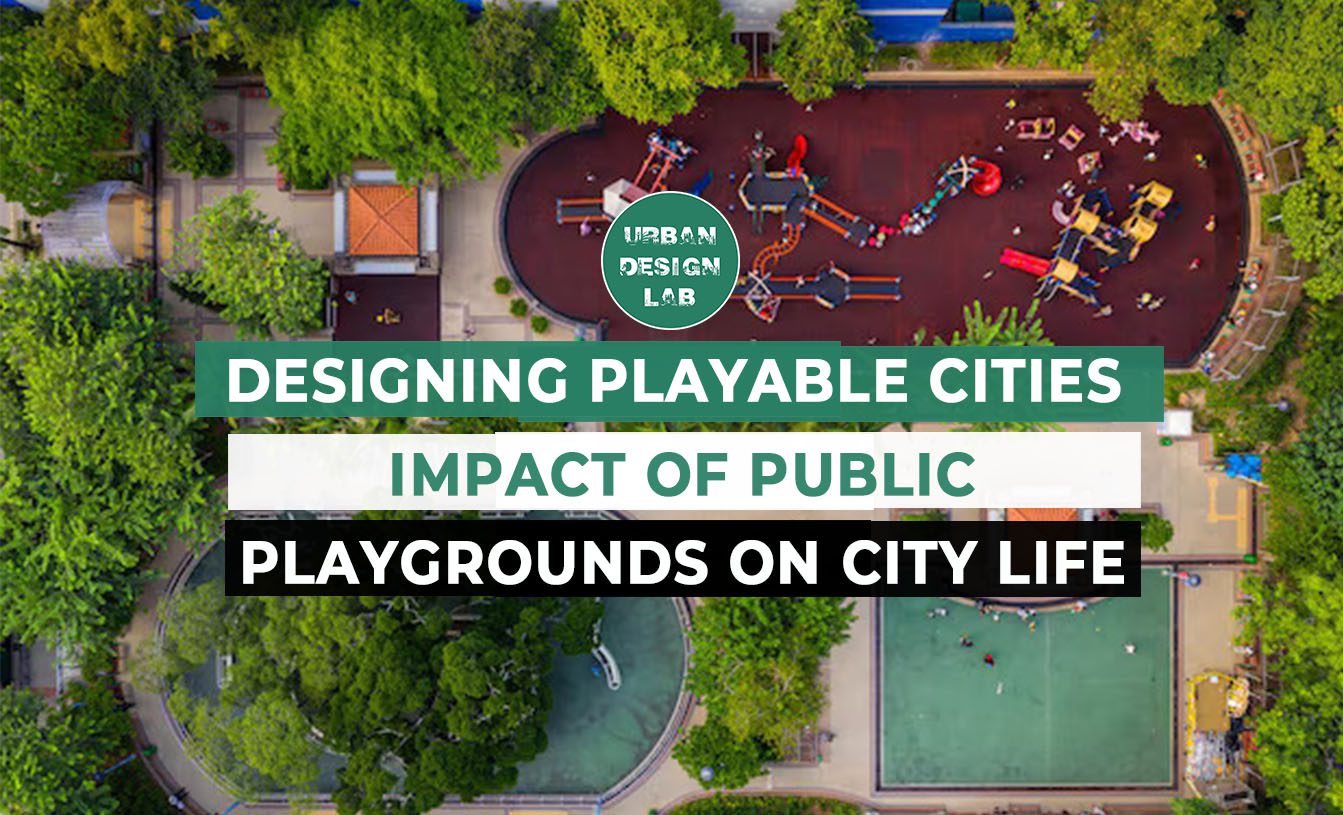
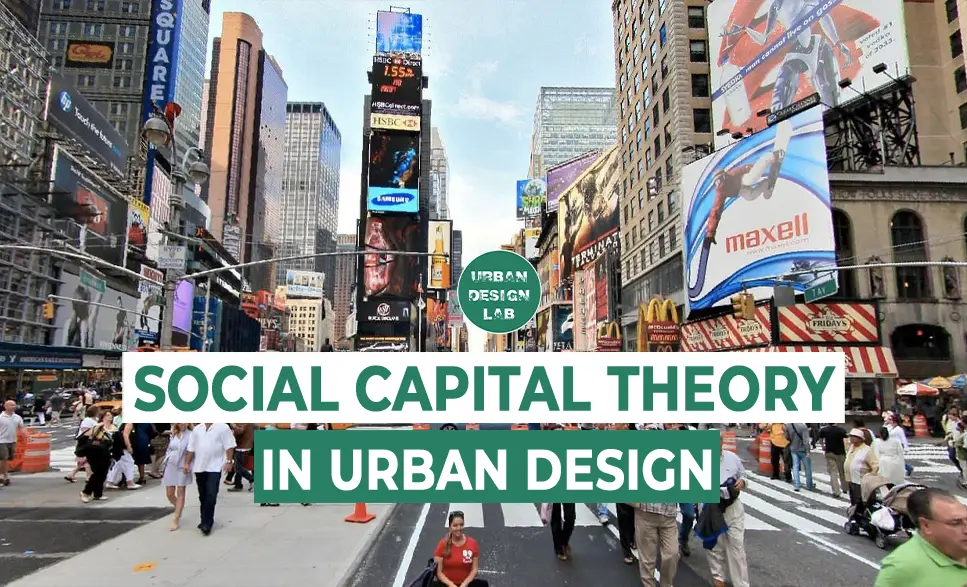






One Comment
Beautifully crafted in words.